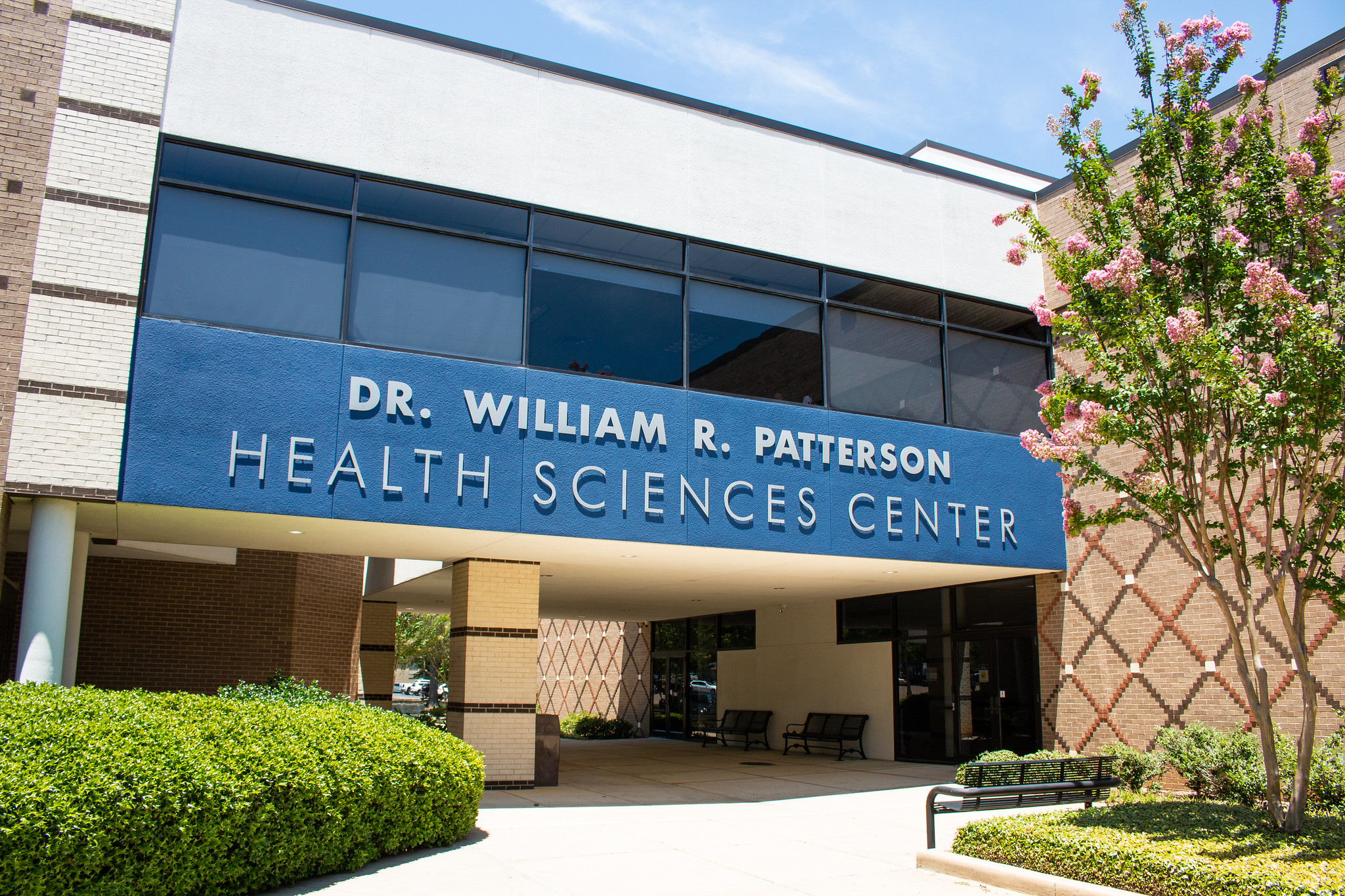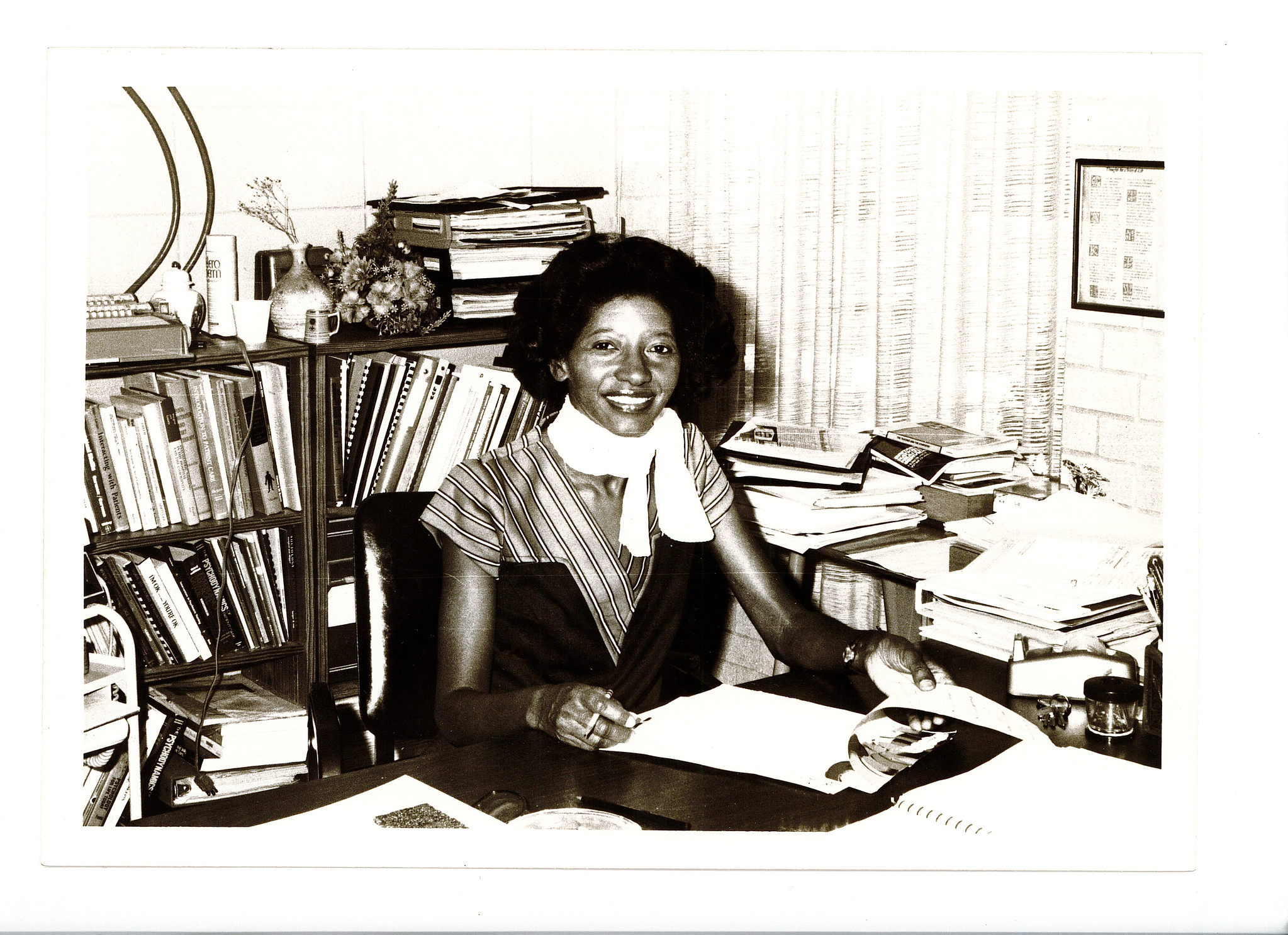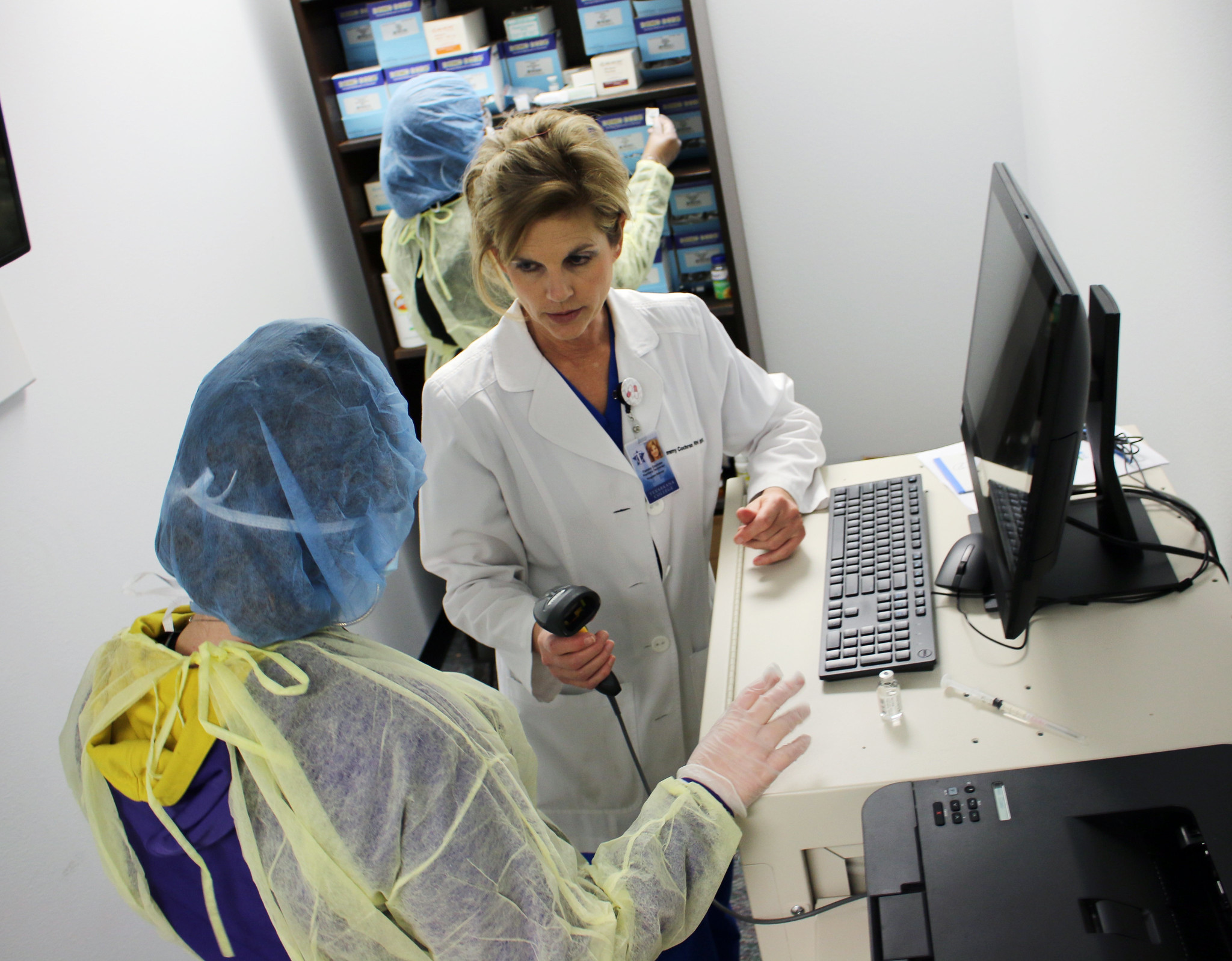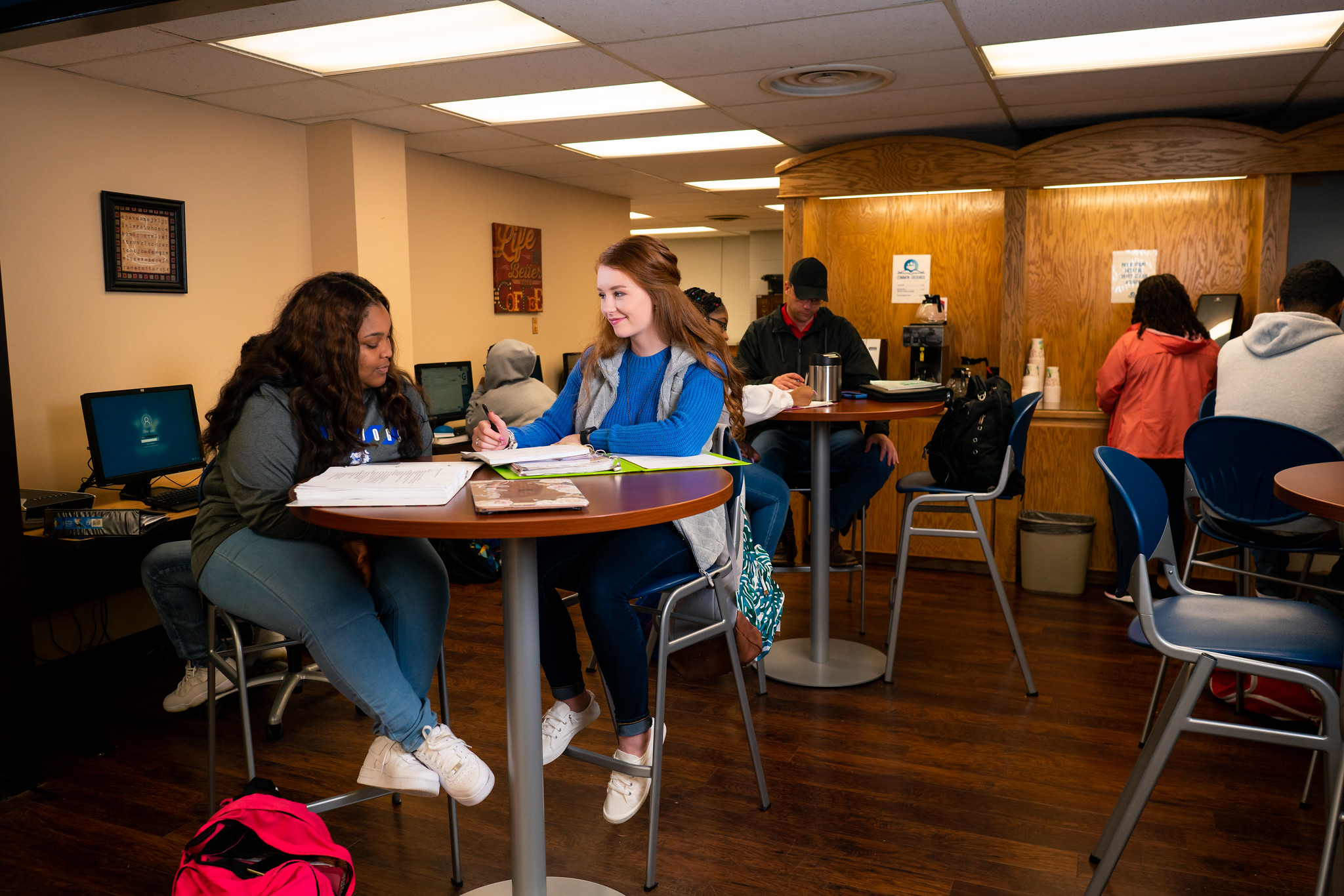About the School of Nursing
With history dating back to 1956, the William Buchanan School of Nursing started with a Licensed Vocational Nursing program and eventually expanded to offer the first Associate Degree Nursing program in the state of Texas. Now almost 70 years later, the TC Nursing Programs are recognized at the state and national level for excellence in training.
Welcome to the School of Nursing at Texarkana College. The faculty, staff, and I are dedicated to improving lives by educating nurses to serve the residents of our community. We offer three nursing programs, one in Vocational Nursing, one to become a Registered Nurse, and one to transition from an LVN to an RN, all offering excellent job opportunities for graduates. You are welcome to visit our skills and simulation labs to learn more about our offerings and the admission process. We hope to see you soon! – Courtney Shoalmire


More Programs in the Health Care Careers


Life As a Student
Classes, clinical rotations, and study groups, the life of a nursing student is a busy, but meaningful one. At Texarkana College we have the resources and support available to make our nursing students’ experience the best it can be.

Our Partners
Our training wouldn’t be possible without our community health partners providing locations and clinical instructors to equip our nursing students with the quality skills needed at the bedside.
Accreditation & Success
ADA Requirements
- Title II of the ADA prohibits discrimination against a “qualified individual with a disability.” This term is defined as an individual with a disability who can perform the “essential functions” of a position, with or without reasonable accommodation.
- In order for a student with a disability to be admitted to any nursing program at Texarkana College, the student must:
- Meet the prerequisite admission standards defined in the college catalog.
- Perform the essential functions for participation in the associate degree in nursing program with or without reasonable accommodation.
- Generally, the term essential functions includes those fundamental duties that the individual who holds the position must be able to perform, either unaided or with the assistance of a reasonable accommodation.
- A reasonable accommodation is “any change in the student environment or in the way this are customarily done that enables an individual with a disability to enjoy equal opportunities.” In order to be considered for appropriate accommodations, the student must make a request with the advisor designated to deal with students with disabilities (located in the Advising Center in the Administration Building). Since the ADA expressly prohibits inquiries regarding disabilities, the responsibility of disclosure is borne by the individual having the disability. The reasonableness of an accommodation is determined on a case by case basis, the Accommodation offered does not have to be the “best available” but needs to be sufficient to meet the needs of the individual being accommodated.
- The nursing faculty has determined that to successfully complete the classroom and clinical components of the associate degree in nursing programs, the student must be able to perform defined essential functions. These essential functions include, but are not limited to the following:
Regular classroom and clinical attendance as defined by the Health Science Student Policies.
- Maintain reality orientation accompanied by short and long-term memory.
- Adapt to school and clinical environment.
- Follow rules and instructions.
- Assimilate and apply knowledge acquired through lectures, discussions, demonstrations, and readings.
- Comprehend and apply basic mathematical skills.
- Demonstrate safe nursing practice within the defined clinical time period.
- Demonstrate critical thinking skills by the comprehension and application of abstract concepts.
- Speak clearly in order to communicate with clients, families, health care team members, peers, and faculty.
- Interact appropriately and communicate effectively with individuals, families, and groups from a variety of social, cultural, and intellectual backgrounds.
- Communicate and organize thoughts in order to prepare written documents.
- Prepare written documents that are correct in style, grammar, and mechanics.
- Stand and walk for six to eight hours/day.
- Walk for prolonged periods from one area to another over an eight hour period.
- Bend, squat, and kneel.
- Assist in lifting or moving clients of all age groups and weights.
- Perform CPR, i.e., move above client to compress chest and manually ventilate client.
- Work with arms fully extended overhead.
- Use hands for grasping, pushing, pulling, and fine manipulation.
- Demonstrate eye/hand coordination for manipulation of equipment, i.e., syringes, procedures, etc.
- Possess tactile ability to differentiate changes in sensation.
- Possess tactile ability sufficient for physical assessment.
- Possess auditory acuity to note slight changes in the client’s condition, i.e., lung sounds, etc.
- Possess auditory acuity to hear client calls for assistance without facing the client.
- Possess auditory acuity to interpret various equipment signals and use the telephone.
- Possess visual acuity to read and distinguish colors, to read handwritten orders, and other handwritten and printed data.
- Possess visual acuity to clearly view monitors and scales in order to correctly interpret data.
- Possess olfactory ability sufficient to detect differences in odor.